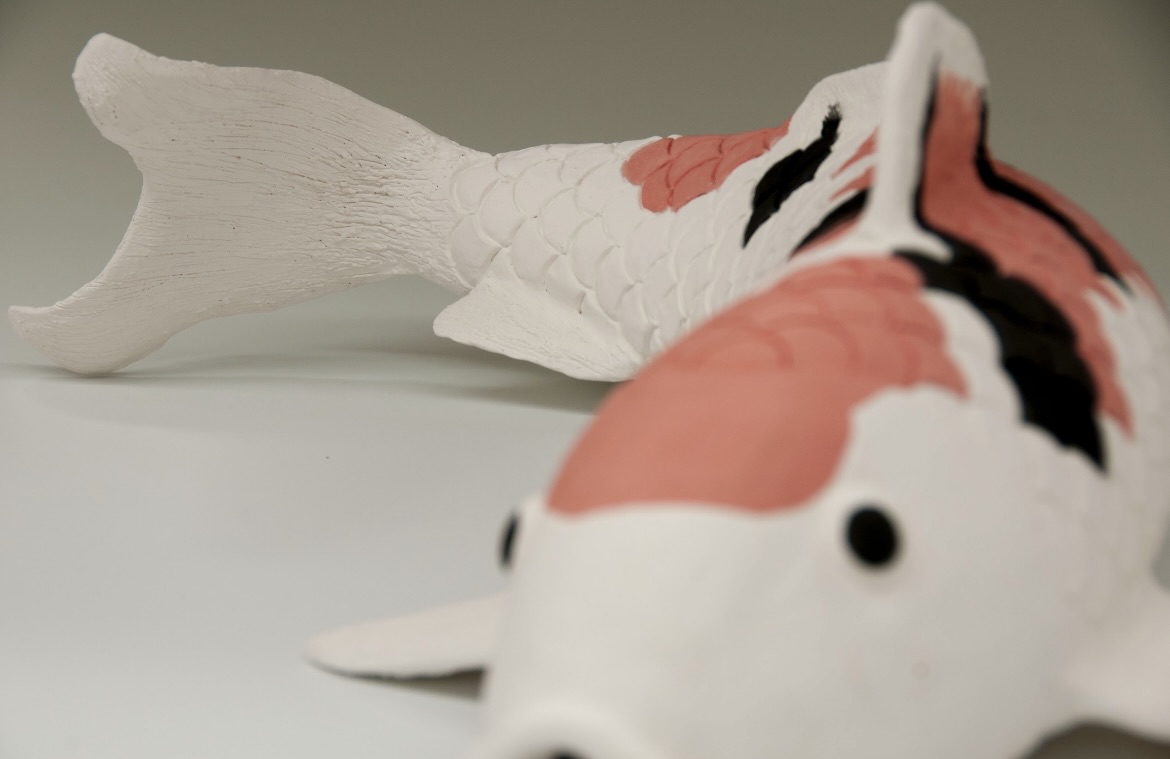If trying to train your pet to do a trick is difficult and time consuming, imagine trying to train a 20-pound machine to do a trick. Oh, and you need to build the machine first and then use a special language to teach it.
The Moanalua High School robotics team has spent the last few months designing and building a robot-rover and writing computer code to teach it to move in preparation of this year’s VEX robotics tournaments. The competitions ask teams to create machines that can perform a variety of skills such as moving artificial limbs up and down, rolling over obstructions and throwing objects. All these movements are the result of elaborate computer codes the team members need to write.
Adviser and science teacher Evan Hashizume said he is excited for this year’s competition.
“We are more prepared this year compared to previous years,” Hashizume said.
Students start the process by studying the game rules and then deciding on a design. The building takes place over the course of multiple weeks after school in Q-building.
“We’re trying to toss these little acorn-like pieces from the middle of the field to the outer edge and get it to put it into the net, kind of like soccer,” Robotics Club President Logan Downing said in describing the task this year.
Specifically, this year’s challenge requires the students to program their two robots so that they can pick up then move triangle-shaped balls and toss them beneath a net. The robots need to retrieve the balls from one side of the 12-foot by 18-foot playing field and find a way to deliver them to the net on the other side of the field to score. At the end of the game, the robots must be able to go a vertical pole at mid-field and lift itself up off the ground. Each successful move earns the team points. The higher the robots climbs the pole earns more points.
Senior Noah Castro said the team designed a little catapult to attach to the back of the robot for launching the triangles across the field of play.
Addressing the final challenge, to get the robot to “climb” up a pole in the outer edge of the field, required real problem-solving. After some experimentation, the team selected a flat “foot” type of extension for their apendage rather than a claw-type foot. Making these parts required some skill working with metal. Senior Patrick Baldovi said he used his experience working on projects involving metal and tools in his previous engineering class to working with the materials and tools necessary to build the pieces of the robot.
Participating schools are partnered with another school, and the games are played in a 2v2 style format. Hashizume makes sure to tell his students who their partner school is before the tournament, so that they are able to coordinate with their opponent, as two teams are in one side of the playing field at once.
“There’s a 15-second autonomous period that runs before the driving period, and that’s where we need to program the robot to work on its own,” Baldovi said.
Every year the game is different; there are always different strategies for teams to use, and each robot has different abilities. The students are required to create an engineering notebook, which is basically a guide of how their robot works and the thought processes that the students went through. The students can refer to their notes when they are interviewed by the judges about the building process of their robot and what they learned throughout the process.
Hashizume’s job is to make sure his team is ready to compete in the tournament by reviewing their engineering notebook and monitoring their designs. He tries to conduct mock interviews for his students so that they won’t panic during the judges’ interview portion of the competition.









